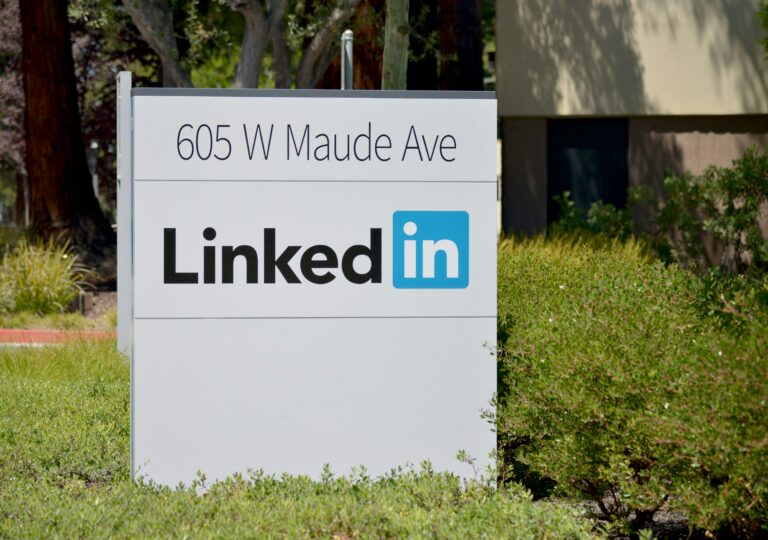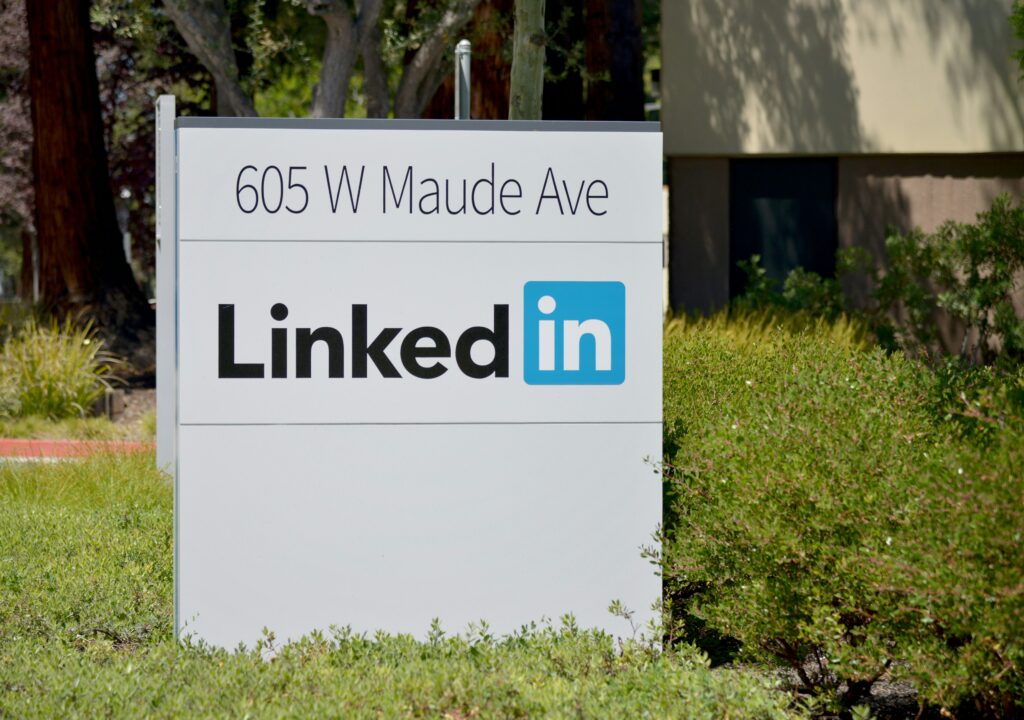
Are you torn between email marketing and social media marketing? Unsure which strategy will yield the best results for your business? In this article, we will explore the ultimate battle between email marketing and social media marketing, examining their strengths and weaknesses to help you make an informed decision. No matter which side you’re leaning towards, we’ll provide valuable insights and practical tips to help you harness the power of these marketing techniques and propel your business forward. So, sit back, relax, and let the showdown begin!
Affiliate Marketing Academy – Get it here
Target Audience
Different demographics
When it comes to email marketing and social media marketing, understanding your target audience is crucial for success. Both platforms can reach a wide range of demographics, but they may have different preferences and engagement levels. Email marketing tends to appeal to a slightly older audience, as it relies on individuals actively providing their contact information. On the other hand, social media marketing can reach a younger demographic who are more accustomed to engaging with brands through platforms like Facebook, Instagram, and Twitter.
Engagement levels
Engagement levels also vary between email marketing and social media marketing. While email marketing allows for a more personalized and direct form of communication, social media marketing fosters a sense of community and encourages interaction among users. The level of engagement can also depend on the specific platform used within social media marketing. For example, Twitter may have higher engagement rates with short and concise messages, while Instagram may elicit more visual engagement through images and videos.
Reach
Size of audience
When determining the reach of your marketing efforts, it is important to consider the size of your audience on each platform. Currently, there are over 4 billion email users worldwide, making it a viable platform to reach a large audience. However, the exact size of your email list will depend on the number of subscribers you have acquired. On the other hand, social media platforms boast billions of active users, with Facebook alone having over 2.8 billion monthly active users. This vast user base presents immense potential to expand your reach and promote your brand to a larger audience.
Potential reach
In addition to the size of the audience, the potential reach of your marketing efforts should be evaluated. Email marketing allows for direct communication with subscribers who have willingly provided their email addresses, resulting in a higher likelihood of your message being seen. Social media marketing, on the other hand, relies on algorithms and the activity of users to bring your content to their feeds. Although the potential reach on social media may be greater due to the vast number of users, the visibility of your posts will depend on various factors such as the platform’s algorithm and users’ engagement with your content.

Affiliate Marketing Academy – Check it out
Cost
Budget considerations
When it comes to budget considerations, both email marketing and social media marketing have their own unique cost structures. Email marketing typically involves using an email service provider (ESP) that charges based on the number of subscribers or the volume of emails sent. The cost can vary depending on the size of your email list and the complexity of your campaigns. Social media marketing, on the other hand, often involves setting up and managing paid advertising campaigns. The cost of social media marketing can vary based on factors such as target audience, ad placement, and campaign objectives.
ROI
Return on investment (ROI) is an important metric to consider when evaluating the effectiveness of your marketing efforts. Email marketing has been known to have a high ROI, with studies showing an average ROI of $42 for every $1 spent. This can be attributed to the direct and personalized nature of email communications, resulting in higher conversion rates. Social media marketing, although it may have a wider reach, can be more challenging to track the ROI. However, with careful planning and tracking of conversion metrics, social media marketing campaigns can also yield favorable returns.
Content Format
Text-based
Email marketing primarily relies on text-based content, with the body of the email containing the message and any necessary information. This format allows for clear and concise communication, making it easy for subscribers to understand and engage with the content. Text-based emails can be personalized and tailored to the individual recipient, increasing the chances of capturing their attention and driving conversion.
Visual-based
In contrast, social media marketing heavily relies on visual-based content to capture the attention of users. Platforms such as Instagram, Facebook, and Pinterest thrive on eye-catching images, videos, and infographics. Visual-based content is more engaging and can quickly convey the message or story behind your brand. By incorporating compelling visuals into your social media marketing strategy, you can increase brand visibility and drive user engagement.

Personalization
Customization
One of the strengths of email marketing is its ability to personalize the content for each recipient. By utilizing subscriber data and segmentation, you can send targeted emails that resonate with the individual recipient’s interests and preferences. Customization allows you to address recipients by their names, include relevant product recommendations, and tailor the email content based on their previous interactions with your brand. This level of personalization enhances the user experience and increases the chances of conversion.
Segmentation
Similarly, social media marketing also allows for segmentation and targeting. By creating custom audiences based on demographic information, interests, and behaviors, you can ensure that your content reaches the most relevant users on social media platforms. Segmentation enables you to deliver tailored advertisements to specific groups, increasing the likelihood of engagement and conversion. Whether it’s running a Facebook ad campaign or utilizing sponsored posts on Instagram, segmentation can greatly enhance the effectiveness of your social media marketing efforts.
Conversion Rates
Click-through rates
Click-through rates (CTR) are an important metric to track in both email marketing and social media marketing. In email marketing, CTR measures the percentage of recipients who click on a link within the email. It serves as an indicator of the email’s effectiveness in driving engagement and directing users to your desired action, such as making a purchase or visiting your website. In social media marketing, CTR measures the percentage of users who click on your ad or post to learn more or take a desired action. A high CTR signifies that your content or advertisement is compelling and resonates with your audience.
Conversion tracking
In addition to measuring CTR, it is essential to track conversions in both email marketing and social media marketing. Conversions could include purchases, sign-ups, downloads, or any other action that aligns with your marketing goals. By implementing tracking codes and utilizing analytics tools, you can monitor the effectiveness of your campaigns and make data-driven decisions to optimize your marketing efforts. Conversion tracking allows you to identify successful strategies and refine your approach to achieve higher conversion rates.

Tracking and Analytics
Email tracking
Email marketing platforms typically provide robust tracking and analytics capabilities to measure the performance of your email campaigns. You can track metrics such as open rates, click rates, bounce rates, and unsubscribe rates to evaluate the success of your emails. This data provides valuable insights into the effectiveness of your subject lines, email content, and call-to-action buttons. By analyzing the metrics, you can identify areas for improvement and optimize your future email campaigns.
Social media analytics
Similarly, social media platforms offer a range of analytics tools to track the performance of your marketing efforts. These tools provide detailed insights into metrics such as reach, engagement, impressions, and follower growth. By diving into the analytics, you can identify the type of content that resonates with your audience, the best times to post, and the demographics of your engaged users. Social media analytics enable you to refine your social media marketing strategy and improve your overall performance.
Integration
Coordinated marketing efforts
Instead of viewing email marketing and social media marketing as separate entities, integrating these strategies can lead to more successful marketing campaigns. By synchronizing the timing and messaging of your email and social media campaigns, you create a cohesive brand experience for your audience. For example, you can send out an email announcing a new product launch and boost its visibility by simultaneously promoting the launch on social media platforms. Such coordination enhances brand awareness, engages users across multiple platforms, and amplifies your marketing message.
Cross-channel promotion
Cross-channel promotion is another effective way to integrate email marketing and social media marketing. By including social media icons and links in your emails, you encourage email subscribers to follow and engage with your brand on social media platforms. Similarly, you can leverage your social media presence to encourage followers to subscribe to your email list for exclusive offers or updates. This cross-promotion strategy enhances your reach, fosters brand loyalty, and maximizes the impact of your marketing efforts.
Customer Relationships
Direct communication
Email marketing offers a unique opportunity for direct communication with your audience. Through personalized emails, you can engage in one-on-one conversations, address customer concerns, and provide timely updates. This direct communication fosters a sense of trust and accountability, building stronger relationships with your customers. By consistently delivering valuable content and addressing their needs, you can establish yourself as a reliable source and nurture long-term customer relationships.
Building brand loyalty
Social media marketing plays a critical role in building brand loyalty by creating a sense of community among your followers. Platforms like Facebook, Instagram, and Twitter allow you to engage in conversations, respond to comments, and showcase your brand’s personality. By actively participating in discussions and providing valuable content, you can cultivate a loyal following who not only engages with your brand but also promotes it to their own networks. Building brand loyalty through social media marketing enhances customer retention, encourages repeat purchases, and drives brand advocacy.
Regulations and Privacy
GDPR compliance
With the increasing emphasis on data privacy, complying with regulations such as the General Data Protection Regulation (GDPR) is essential for both email marketing and social media marketing. GDPR applies to any business that collects and processes personal data of individuals residing in the European Union. It requires businesses to obtain explicit consent from individuals before sending them marketing emails or collecting their data through social media platforms. Adhering to GDPR guidelines not only ensures legal compliance but also demonstrates respect for your audience’s privacy and builds trust in your brand.
Opt-in and opt-out
Opt-in and opt-out mechanisms are fundamental to both email marketing and social media marketing. Emails should include clear and easy-to-find options for recipients to opt in or opt out of receiving further communications. Similarly, social media platforms often provide options for users to control the visibility and frequency of brand communications in their feeds. By prioritizing the ability for individuals to choose their level of engagement, you respect their preferences and maintain a positive user experience. Offering clear opt-in and opt-out options contributes to building trust and long-term relationships with your audience.
In conclusion, both email marketing and social media marketing have their unique strengths and advantages when it comes to reaching your target audience, driving engagement, and achieving marketing goals. Email marketing offers direct communication, personalized content, and high conversion rates, while social media marketing leverages the wide reach, community-building, and visual-based content consumption. By integrating these strategies, tracking and analyzing performance, and prioritizing customer relationships and privacy, you can leverage the power of both platforms to maximize your marketing efforts and drive business success. Remember to adapt your approach based on the demographics and preferences of your particular target audience, and always keep the friendly tone to engage and build trust with your audience.